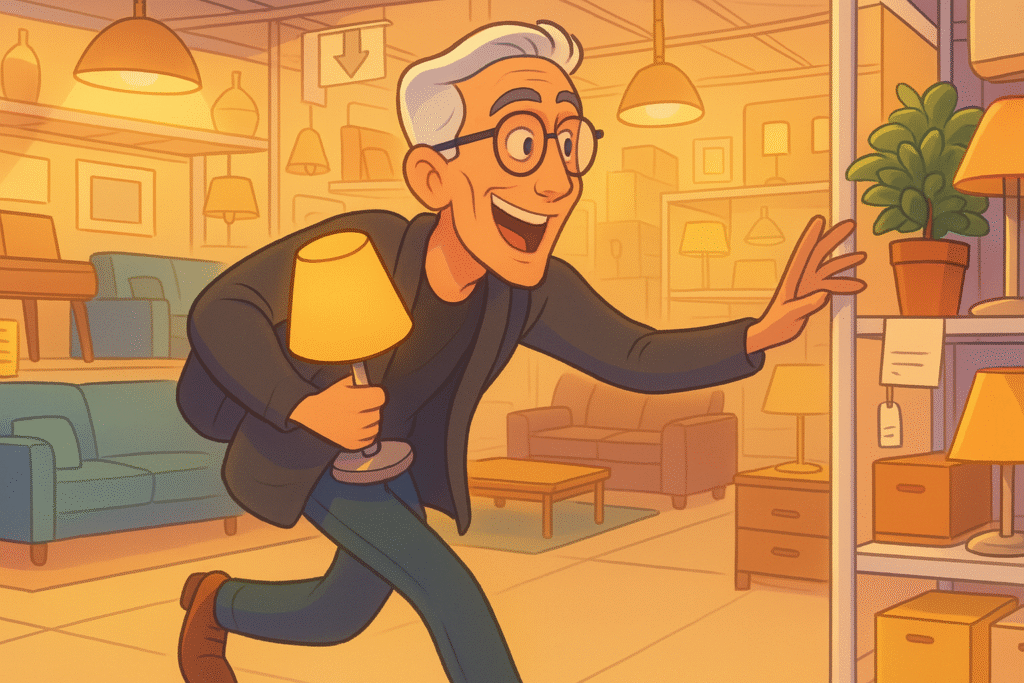
The retail psychology trick that’s hijacking your customers’ brains (and how to use it ethically)
I went to IKEA once for a simple lamp.
Ninety minutes later, I emerged with the lamp, plus storage containers, picture frames, a desk organizer, and something called a “FRIHULT” that I still have no idea how to pronounce.
Total damage: $180 for what should have been a 25-buck purchase.
It was the Gruen effect in action.
Named after architect Victor Gruen, who designed the first enclosed shopping mall, the Gruen effect describes the moment shoppers lose track of their original purpose and start making unplanned purchases.
Gruen discovered that when you create an intentionally disorienting environment — with curved pathways, no external reference points, and strategic product placement — customers enter a suggestible state where impulse purchases feel logical.
IKEA perfected this technique. Their maze-like layout forces you past dozens of room displays, each one triggering thoughts about your own space.
“Oh, that would look great in my kitchen.” “I could totally use one of those in my office.”
By the time you reach the lamp section, your brain has been primed to see needs everywhere.
But here’s what’s fascinating: the Gruen effect works because it aligns with how our brains naturally process purchase decisions.
In I Need That, I discuss how our dog brain makes fast, emotional decisions while our tank brain rationalizes them afterward.
The Gruen effect deliberately engages the dog brain through visual stimulation and environmental cues, while giving the tank brain plausible justifications for each purchase.
This isn’t manipulation — it’s understanding human psychology and designing experiences that feel natural and satisfying.
Smart product makers can apply similar principles ethically:
Create discovery moments where customers naturally encounter complementary products. Amazon’s “frequently bought together” suggestions work because they appear at the moment of highest purchase intent.
Design environments that reduce decision fatigue rather than increase it. Apple Stores use the Gruen effect positively — clean, uncluttered spaces that make technology feel approachable rather than overwhelming.
Position products in context rather than isolation.
Customers need to visualize how products fit into their lives, not just understand what they do.
Product Payoff: Years ago, Starbucks redesigned their stores using Gruen principles to increase average transaction value. Instead of hiding pastries behind counters, they placed them at eye level near the register, in well-lit display cases that make everything look irresistible. They added comfortable seating areas that encourage longer stays, leading to additional purchases. The result: average customer spend increased 15% without raising prices, simply by creating natural moments for impulse additions.
Your own Gruen checkup: Walk through your customer’s purchase journey — whether physical or digital — and identify missed opportunities for helpful discovery.
Are you hiding complementary products that could genuinely improve their experience? Are you creating natural moments for customers to realize additional needs?
The goal is never to trick customers into buying more, but really to help them discover solutions they didn’t know existed.
Ever fallen victim to the Gruen effect and were actually happy about your impulse purchases?
Tap that reply arrow and share your most successful accidental shopping experience.
Or reach out to my team of product marketing experts at Graphos Product.
